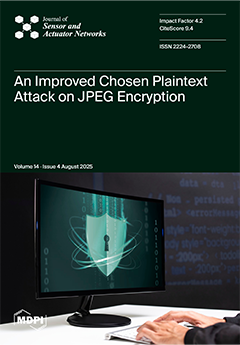Open AccessArticle
A Federated Learning Architecture for Bird Species Classification in Wetlands
by
David Mulero-Pérez, Javier Rodriguez-Juan, Tamai Ramirez-Gordillo, Manuel Benavent-Lledo, Pablo Ruiz-Ponce, David Ortiz-Perez, Hugo Hernandez-Lopez, Anatoli Iarovikov, Jose Garcia-Rodriguez, Esther Sebastián-González, Olamide Jogunola, Segun I. Popoola and Bamidele Adebisi
Viewed by 1684
Abstract
Federated learning allows models to be trained on edge devices with local data, eliminating the need to share data with a central server. This significantly reduces the amount of data transferred from edge devices to central servers, which is particularly important in rural
[...] Read more.
Federated learning allows models to be trained on edge devices with local data, eliminating the need to share data with a central server. This significantly reduces the amount of data transferred from edge devices to central servers, which is particularly important in rural areas with limited bandwidth resources. Despite the potential of federated learning to fine-tune deep learning models using data collected from edge devices in low-resource environments, its application in the field of bird monitoring remains underexplored. This study proposes a federated learning pipeline tailored for bird species classification in wetlands. The proposed approach is based on lightweight convolutional neural networks optimized for use on resource-constrained devices. Since the performance of federated learning is strongly influenced by the models used and the experimental setting, this study conducts a comprehensive comparison of well-known lightweight models such as WideResNet, EfficientNetV2, MNASNet, GoogLeNet and ResNet in different training settings. The results demonstrate the importance of the training setting in federated learning architectures and the suitability of the different models for bird species recognition. This work contributes to the wider application of federated learning in ecological monitoring and highlights its potential to overcome challenges such as bandwidth limitations.
Full article
►▼
Show Figures





